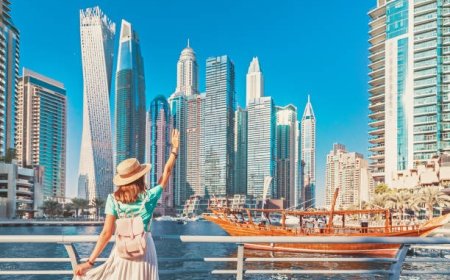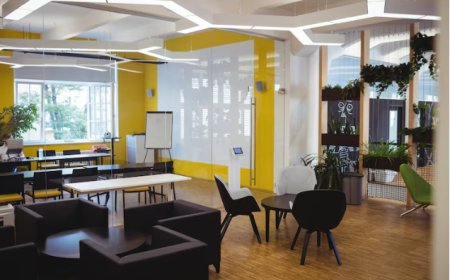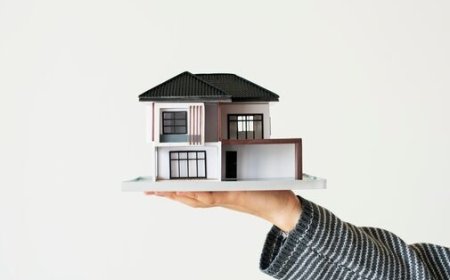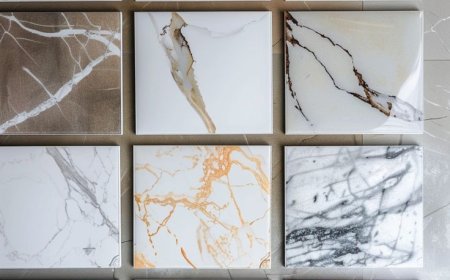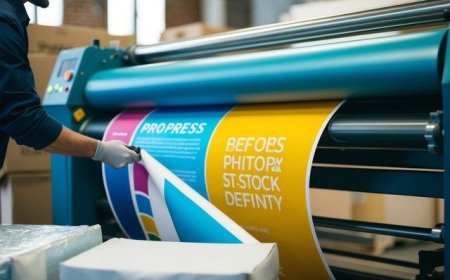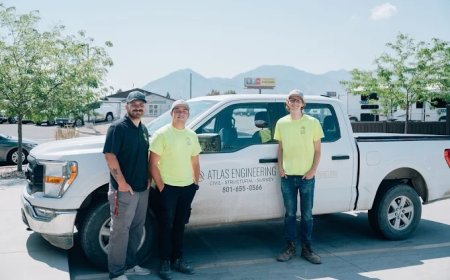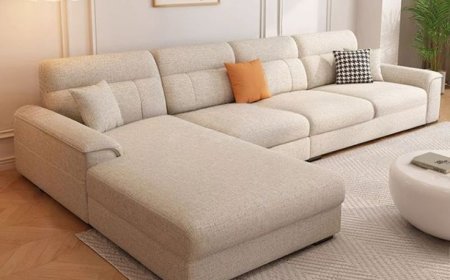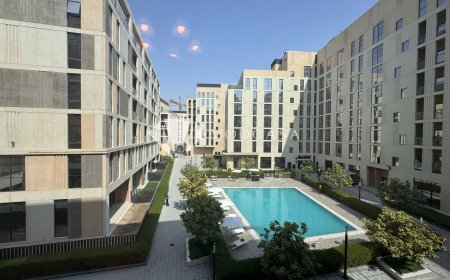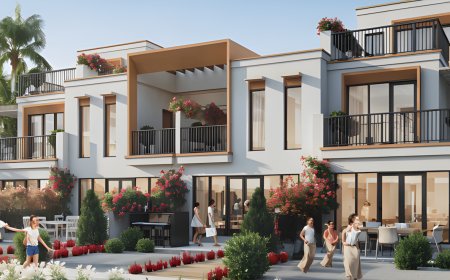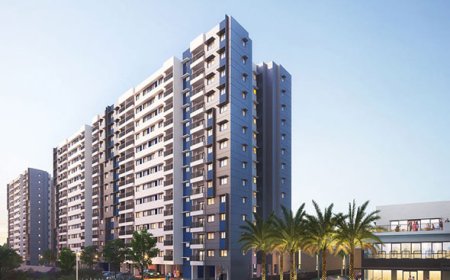Navigating the Future of Residences with Modern Architecture
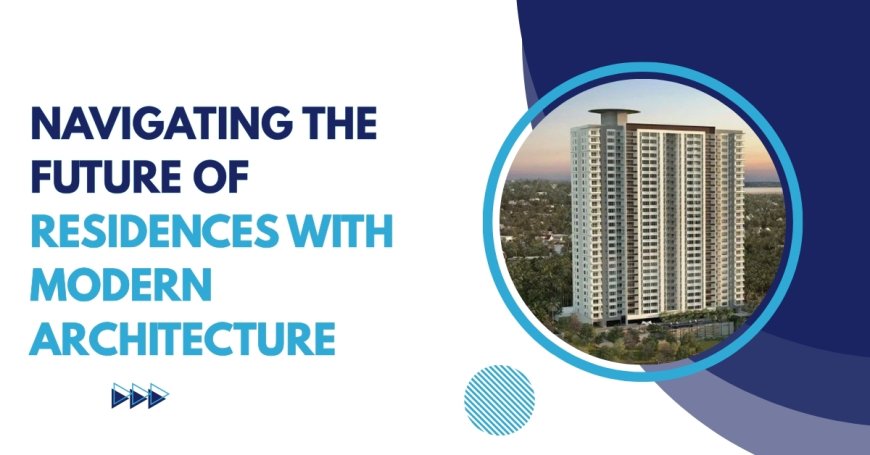
The homes of tomorrow are no longer static boxesthey are dynamic environments shaped by human behavior, technology, and sustainability. Modern architecture seeks more than aesthetics; it aims to optimize functionality, community cohesion, and environmental impact. Developments likeSobha Aurum in Greater Noida represent this forward-looking design philosophy, where each residence blends cutting-edge architectural thinking with practical appeal.
This article delves into how modern residential architecture is evolving, why future-ready homes matter, and what features define sustainable, adaptable, and vibrant living spaces. Whether youre choosing your next home or studying urban trends, this exploration highlights the path forward in contemporary residential design.
Rethinking Space: Adaptable, Human-Centered Design
Traditional homes are becoming obsolete as residents' needs evolvefrom growing families to remote work setups. Modern architecture responds with flexible layouts and modularity.
Hallmarks of adaptable design:
-
Convertible rooms that accommodate home offices or shared spaces
-
Sliding partitions for visual openness and privacy control
-
Flexible balconies that serve as gardens, lounges, or work extensions
-
Shell units that allow owner customization over time
-
Smart wiring infrastructure for evolving tech needs
This adaptability is central to Sobha Aurum, ensuring that spaces evolve with occupants rather than against them.
Biophilic Integration: Connecting with Nature
Modern residences prioritize well-being by emphasizing humannature relationships within built environments.
Nature-centric design features:
-
Indoor green pockets and live wall interfaces
-
Walkable corridors with natural light and airflow
-
Rooftop terraces and courtyard gardens
-
Landscaped entry plazas to buffer street noise
-
Use of natural materials like timber, stone, and textured greenery
At Sobha Aurum, these elements support physical health and emotional wellness, blurring the boundary between indoors and outdoors.
Sustainability: Beyond Labels to Lived Practices
Eco-conscious living is now inseparable from modern residential design. It shifts from optional certifications to everyday practices.
Sustainable architecture strategies:
-
Rainwater harvesting and greywater use for landscapes
-
Solar rooftop provisions to reduce energy load
-
Double-glazed windows and thermally efficient wall finishes
-
Energy-saving LEDs and smart lighting controls
-
Waste segregation systems and compost-ready spaces
Through such layers, Sobha Aurum provides eco-conscious living that also saves resources and reduces carbon footprint.
Smart Homes and Intelligent Infrastructure
Connectivity transforms homes into responsive environments, improving convenience, safety, and efficiency.
Smart residential features include:
-
App-controlled lighting, security, and climate systems
-
Sensor-driven energy use and occupancy awareness
-
Digital entry points and biometric or card access
-
EV charging bays and bicycle spaces
-
High-speed connectivity hubs in common zones
These tech-ready attributes position Sobha Aurum as a frontrunner in future-ready living architecture.
Health and Well?Being: A Design Imperative
Well-designed homes now actively support occupant health through architecture and amenities.
Wellness-focused innovations:
-
High-flight air circulation and filtration systems
-
Ample daylight to reduce reliance on artificial lighting
-
Thermal insulation for consistent comfort
-
Dedicated zones for fitness, meditation, or social relaxation
-
Acoustic stability through wall finishes and planning
Combined, these elements elevate comfort and safety as part of everyday experience.
Community-Centric Layouts: Homes That Shape Social Bonds
Architecture supports more than livingit builds neighborhoods and social connectivity.
Community-enhancing spaces:
-
Shared lounges and multipurpose halls for interaction
-
Small gardens and green pathways designed for walks
-
Child play areas integrated into landscaping
-
Raised terraces and deck zones for casual gatherings
-
Spaces for weekend libraries, pop-up markets, or hobby groups
Projects like Sobha Aurum prioritize common experiences, nurturing belonging without compromising privacy.
Aesthetic Cohesion: Character with Subtlety
While flexibility and sustainability matter, modern architecture still relies on visual coherence and identity.
Design unity across spaces:
-
Neutral tones combined with textural accents
-
Clean lines, cantilevered forms, and covered walkways
-
Warm materials that complement modern finishes
-
Night-time lighting to enhance ambiance and safety
-
Vertical and horizontal planes that celebrate form and shade
The design language in Sobha Aurum echoes timeless style married with contemporary purpose.
Resilience and Durability: Architecture That Lasts
Homes built today must stand resilient across seasons and evolving urban conditions.
Durable design features:
-
Weather-resistant faade systems and materials
-
Timber or composite projection details that minimize wear
-
Landscaped drainage handling monsoons and water flow
-
Seismic design elements and structural adaptability
-
Easy-to-maintain finishes that resist stains and damage
Sobha Aurum reflects this forward durability, ensuring homes retain value and beauty.
Context-Aware Planning: Seamless Urban Integration
Modern residences must connect with their surroundingswith roads, green open areas, and civic amenities.
Context integration strategies:
-
Pedestrian-friendly walkways and shaded entries
-
Roads and pathways designed for leisurely movement
-
Green buffers that align with city-wide planning
-
Proximity to schools, clinics, and transport connections
-
City-facing faade planning to balance privacy and visibility
Sobha Aurums master plan integrates these considerations, positioning it within Greater Noidas evolving urban mosaic.
Long?Term Living: Financial and Emotional Sustainability
Successful architecture invests in positive outcomesresale value, community longevity, and owner satisfaction.
Long-life benefits include:
-
Strong resale potential from design flexibility
-
Lower maintenance costs due to inherent durability
-
High occupant satisfaction from wellness and function
-
Adaptable interior options reducing renovation needs
-
Stable community identity and sense of shared ownership
Sobha Aurums design ethos reflects durable valuearchitecturally, socially, and financially.
Navigating Choices: Educated Home Selection
Home seekers should evaluate future-ready homes across these dimensions:
-
Adaptability: Space that supports change
-
Biophilia: Connection to green and healthy design
-
Efficiency: Resource-saving systems and operations
-
Technology: Smart features that serve evolving needs
-
Resilience: Durability against environmental stresses
-
Integration: Urban fit and community connectivity
-
Longevity: Resale strength and apartment lifecycle
Sobha Aurum aligns with all of these, offering a clear benchmark for future-focused home choices.
Conclusion
The future of residential architecture is about more than designits about living architecture that adapts, sustains, and enriches. Homes like Sobha Aurum Greater Noida demonstrate how modern planning serves peoplenot merely shelter but environments responsive to work, play, nature, and community.
As design considerations shift from static units to dynamic ecosystems, the focus remains on residents lived experiences. Navigating future residences means embracing architecture that blends humanity, functionality, and resilienceresulting in homes that truly stand the test of time.







